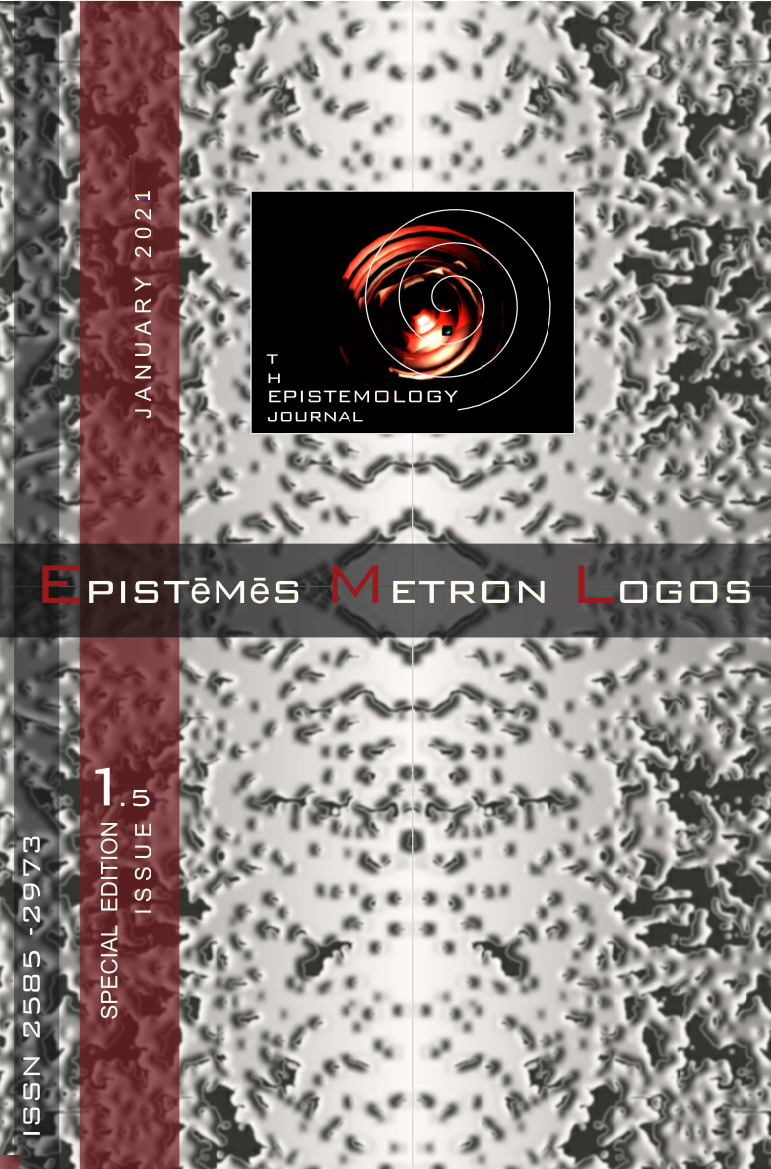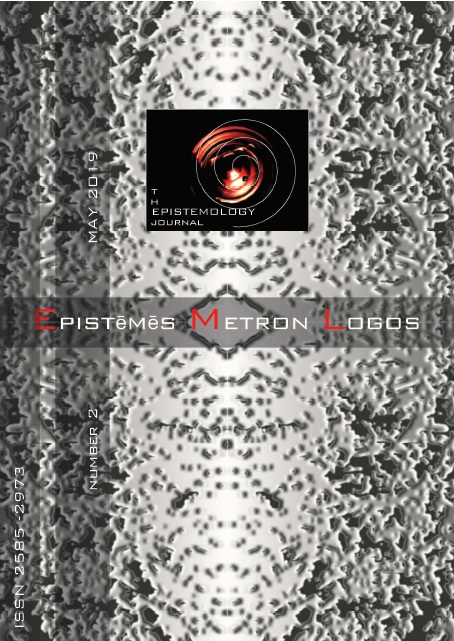Byzantine church chant and Islamic art music on the English recorder: theory and practice
Abstract
The purpose of this paper is to demonstrate the natural appropriateness of the English-drilled and fingered recorder for playing and teaching the basic archetypal movable intervallic structures of Byzantine chant and Islamic art music. The approach lies in the following steps: i. reference to key epistemological features of the research conducted in this quest, ii. historical and functional identification of the said basic structures, by tracing their common central primary diatonic modal cell: the “spondeiac hexachord”; this is achieved by combining historical and systemic considerations; iii. direct attribution of their genesis to the drilling of primary flutes; iv. integral structural synthesis and exposition of both systems and their primary evolution as generated by the spondeiac hexachord; v. identification of the precise drilling and fingering scheme involved, with special focus on the Islamic nāy and the English recorder; vi. arguments underlining the superiority of the modern standard English recorder as a medium for these musics, supporting its adoption and propagation and recommending the manufacture of new “sopranone” and “tenorone” instruments in B♭(π); vii. a full corresponding fingering chart for the English recorder, thoroughly explained and annotated.
Article Details
- How to Cite
-
Lekkas, D. E. (2022). Byzantine church chant and Islamic art music on the English recorder: theory and practice. Epistēmēs Metron Logos, (5). https://doi.org/10.12681/eml.28941
- Section
- Publishing partner

This work is licensed under a Creative Commons Attribution-NonCommercial 4.0 International License.
Authors who publish with this journal agree to the following terms:
Authors retain copyright and grant the journal right of first publication with the work simultaneously licensed under a Creative Commons Attribution Non-Commercial License that allows others to share the work with an acknowledgement of the work's authorship and initial publication in this journal.
Authors are able to enter into separate, additional contractual arrangements for the non-exclusive distribution of the journal's published version of the work (e.g. post it to an institutional repository or publish it in a book), with an acknowledgement of its initial publication in this journal.
Authors are permitted and encouraged to post their work online (preferably in institutional repositories or on their website) prior to and during the submission process, as it can lead to productive exchanges, as well as earlier and greater citation of published work.





